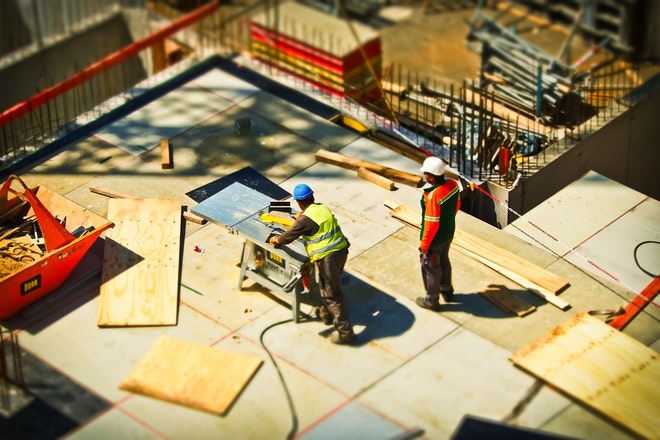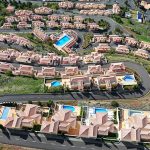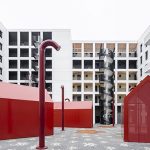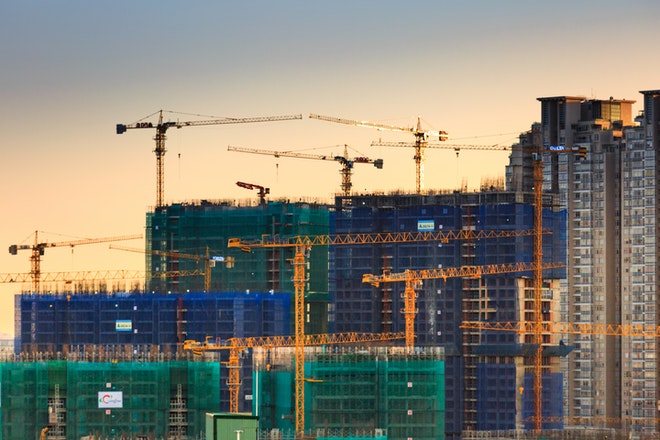
The Roman architect Vitruvius asserted in his treatise on architecture, De Architecture, that there were three fundamental principles for good architecture. The first, firmatis or durability, the second, utilitas or utility, and, the last, venustatis or beauty. Of course, a building must remain robust, be functional, and delight the senses and raise the spirits; however, there is one principle Vitruvius omitted, and that is safety. No matter how functional or beautiful a building is, if it is not safe to use, then it is unable to fulfil any purpose. Whether the building you are designing is residential or commercial, you must consider safety.
Read more ARCHISCENE editorial team:
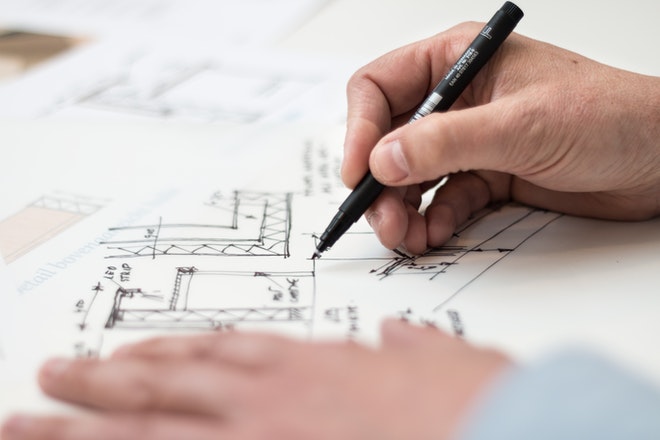
Health and Safety
Safety can have many different meanings when used in an architectural context. The most objective and fundamental of which applies to health and safety. You must consider safety in every aspect of your design.
When architects fail to adhere to health and safety, they are leaving themselves open to a whole host of potential problems in the future. For example, if the building you have designed is being used for commercial purposes, you will need to ensure that all the flooring is safe. When the flooring is not level or the material used is too slippery, there is a much higher chance of an on-site fall. Slip and fall accidents can have very serious consequences, often hospitalizing the victim, meaning they lose work and have to hire a lawyer for workers compensation. If you find yourself in a similar situation due to the lack of safety in a building, then don’t dismay. Fortunately, with the help of professional lawyers getting you compensation, you shouldn’t let it put your own design plans on hold.
Security
When designing a building, it is necessary not only to consider the safety of people within the building but also the safety of the building itself or its security. Design has come a long way since the 18th century, which means that a secure building does not have to take the form of Jeremy Bentham’s Panopticon. Technology has enabled architects to combine innovative design with security. To ensure a building can offer the greatest sense of security to its residents, architects must be aware of potential vulnerabilities. Security is not an add on; it is not enough to rely on CCTV cameras and alarm systems; the building itself must be fortified for safety. It is also important to remember that safety means different things in different contexts. Consider the purpose and situation of the building to ensure it is being protected appropriately.
Safety in Community
The author Anna Milton proposed that people gain a sense of safety from the structure of security systems and environments that foster and promote trust between strangers. This point can offer value to architects, as it promotes some nuanced questions. How does the design of your building promote a sense of safety? Does it provide the users with a sense of physical safety, or does it also allow them to feel safe within a community? It is important that any building provides security from the surrounding area. However, it is necessary to consider how this will impact the mindset of those using the building. When a building is isolated within a community, it is likely to lead to feelings of distrust.
Balancing physical safety with security while fostering community is a difficult challenge for architects, but don’t challenging situations often give rise to some of the most impressive buildings?


